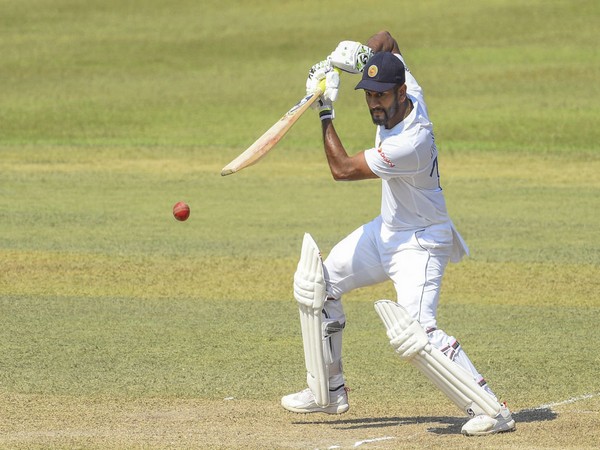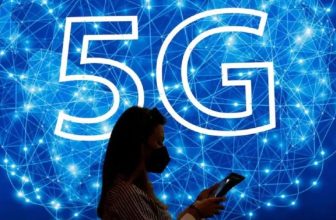
Introduction
In the intricate dance of economic management, the Reserve Bank of India (RBI) plays a pivotal role through its monetary policy. This blog explores the RBI’s current stance, its implications for inflation, growth, and what it might mean for India’s economic future in 2024-25.
Current Monetary Policy Stance
The RBI has maintained the repo rate at 6.5%, signaling a cautious yet stable approach to monetary policy. This decision underscores the RBI’s commitment to aligning inflation with its target while fostering economic growth. The policy stance reflects a delicate balance, aiming to withdraw accommodation without stifling the economic recovery.
Inflation Outlook
With inflation projected at 4.5% for FY25, the RBI is navigating through concerns primarily driven by food inflation. This projection suggests a cautious optimism, expecting inflation to stabilize, provided monsoon patterns remain normal and global commodity prices do not spike unexpectedly.
Economic Growth Projections
The GDP growth forecast for FY25 stands at an optimistic 7.2%. This upward revision from previous estimates is buoyed by expectations of a normal monsoon, robust fiscal initiatives, and a recovering global economy. However, achieving this will depend on several factors, including how effectively monetary policy supports growth amidst global uncertainties.
Policy Challenges and Considerations
The Monetary Policy Committee (MPC) shows a growing divergence in views, hinting at potential debates over the timing and necessity of rate cuts. Global economic trends, particularly monetary policies of major economies like the U.S., could influence RBI’s decisions, especially if there’s a shift towards easing.
Liquidity and Financial Markets
The RBI’s approach to liquidity management remains nimble, ensuring that financial markets operate smoothly. The unchanged repo rate might keep borrowing costs stable, potentially encouraging investment but also keeping savings rates less attractive, influencing consumer spending and saving behaviors.
Future Monetary Policy Directions
Looking ahead, there’s speculation about potential rate cuts if inflation eases more than expected or if global economic pressures mount. However, the RBI’s flexibility will be key, responding to both domestic conditions like agricultural output and global cues like oil prices or U.S. Federal Reserve actions.
Conclusion
The RBI’s monetary policy for 2024-25 walks the tightrope between controlling inflation and supporting growth. While the current stance suggests stability, the future might call for adjustments based on real-time economic indicators. The balanced approach indicates a policy framework designed to be responsive yet prudent, ensuring economic stability while fostering growth.
Call to Action
What’s your take on the RBI’s projections and policy stance? Do you think the balance between growth and inflation control is achievable, or are we in for a surprise? Share your insights in the comments or explore further readings on monetary policy impacts on economies.
This blog post aims to dissect the RBI’s monetary policy decisions and their broader economic implications, engaging readers with a blend of analysis and forward-looking statements.







